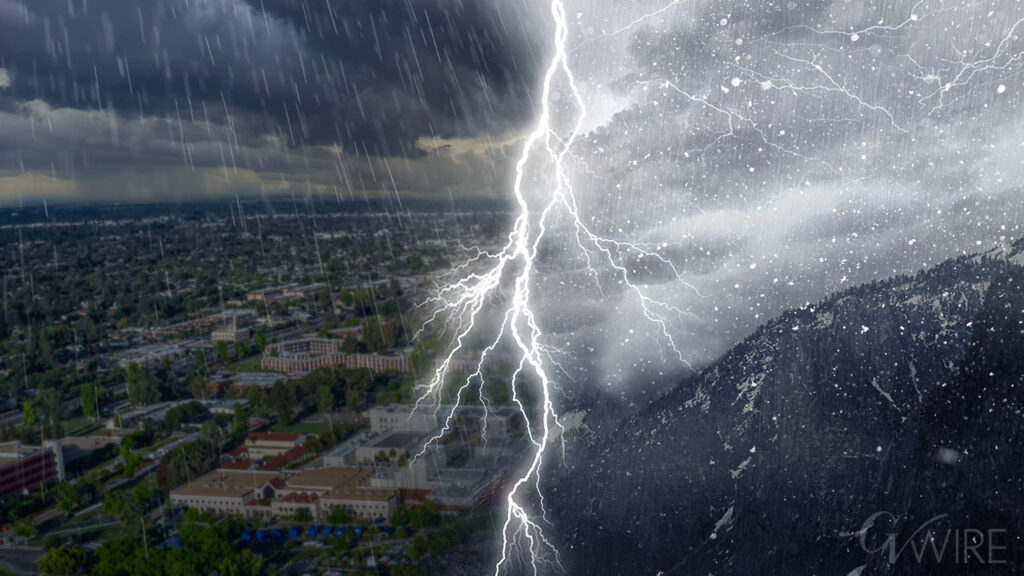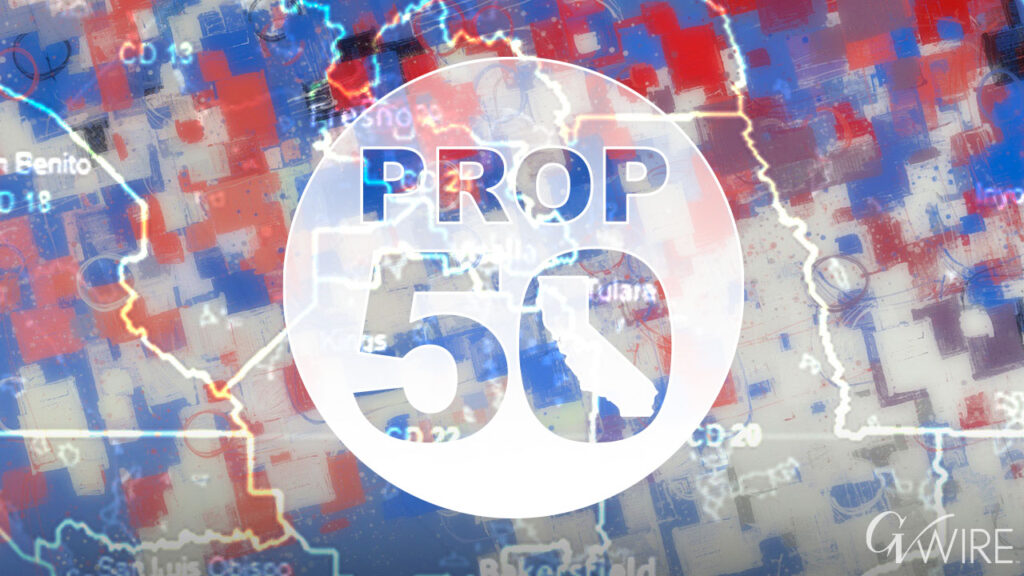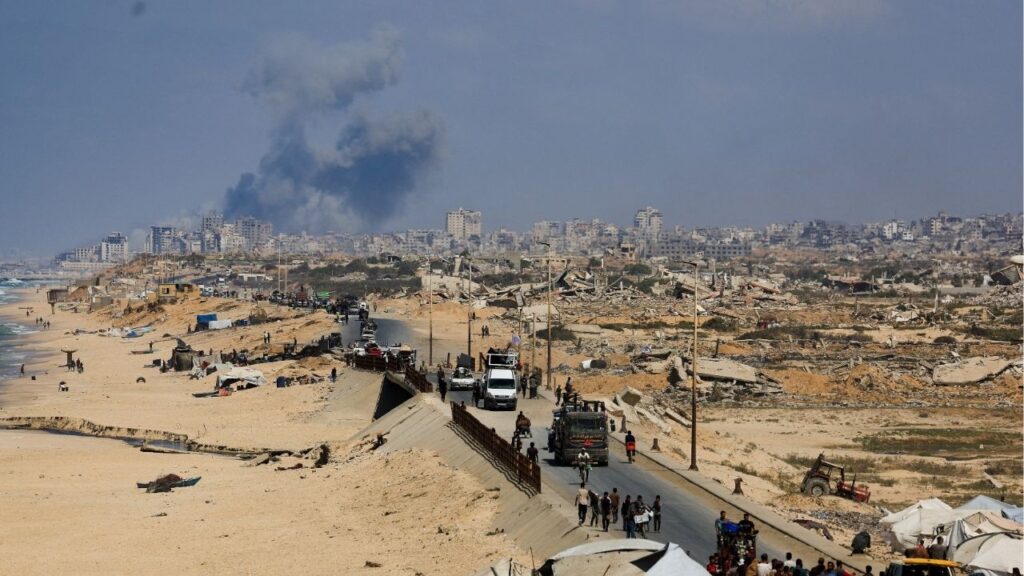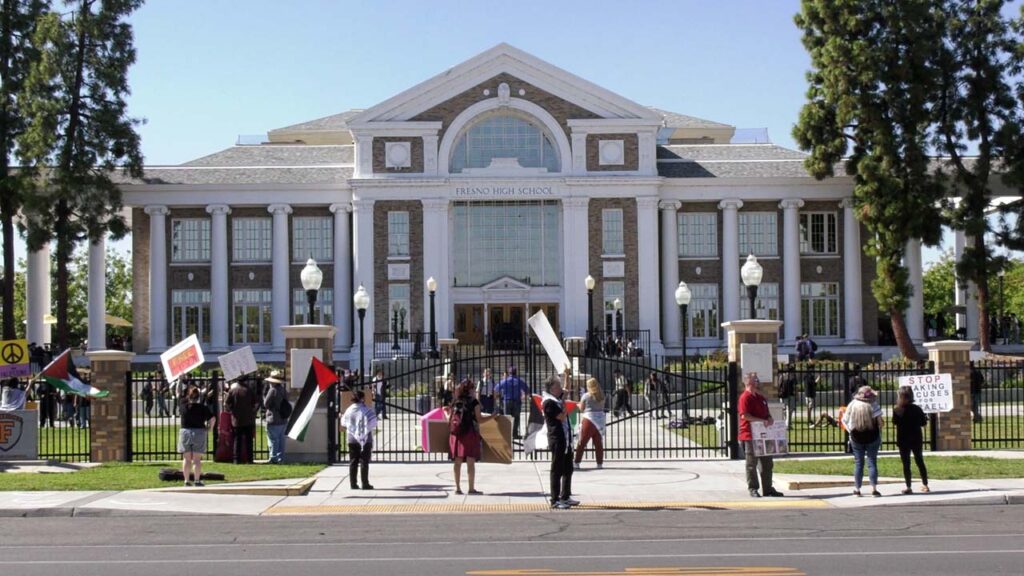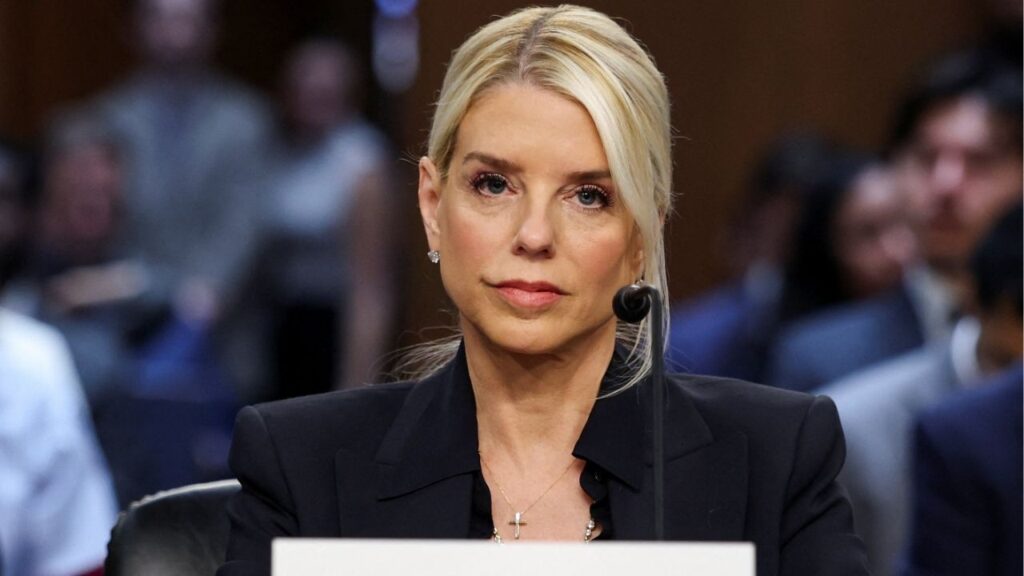Share
|
Getting your Trinity Audio player ready...
|
The historical and ongoing tension between Israel and the Gaza Strip has been brought into sharp focus following recent attacks on Israeli communities located near the border. These communities, collectively known as the “Gaza Envelope,” have been the target of numerous assaults over the years, with the most recent being particularly devastating.
The term “Gaza Envelope” refers to over 50 communities situated close to the Gaza Strip, housing approximately 70,000 residents. These communities have been strategically placed by Israel to “envelop” Gaza, a concept that dates back to the country’s early years of statehood. The idea was to establish a physical presence along the border, thereby asserting Israel’s territorial claims.

The Gaza Strip itself is a product of human, not geological, factors. The term came into use in 1949, following the armistice agreement between Israel and Egypt. Neither country claimed the small piece of land where Israel’s Mediterranean border meets Sinai. Israel was hesitant to incorporate Gaza due to the large number of Palestinian refugees residing there. Egypt, while maintaining military control, also refrained from annexing the territory.

The border between Israel and the Gaza Strip was initially just a line on a map, with no physical barrier. This led to frequent infiltrations, primarily by refugees seeking to return to their homes within Israel. However, by the mid-1950s, Egypt began arming fedayeen for cross-border raids, escalating the conflict.
The Israeli communities along the border have borne the brunt of the hostilities over the years. Despite this, they have not always received consistent support or assistance from the state. Some argue that the secular, Labor movement-affiliated identities of most of these communities could partially explain the government’s lack of physical presence and verbal expressions of solidarity following recent attacks.
The ongoing tension and conflict between Israel and the Gaza Strip, and the impact on the communities of the “Gaza Envelope,” underscore the complex and fraught nature of the Israel-Palestine issue.
Read more at Haaretz.
RELATED TOPICS:
Categories






